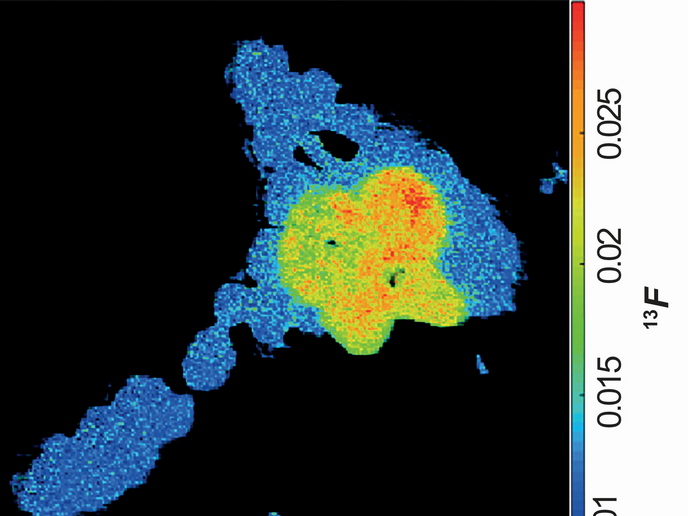New solution for soil pollution
Pollutants that reach the soil, such as heavy metals, chlorine and coolant fluids, can be very harmful to groundwater. The EU has around 1.5 million polluted sites, including former military sites, airports, fuel stations and industry. The EU-sponsored project 'An innovative method for the on-site remediation of polluted soil under existing infrastructures' (Cleansoil) studied more eco-friendly and feasible options for excavating and disposing of polluted soil. Team members looked at on-site treatment of hazardous substances using solutions that can treat soil below buildings, railroads and other infrastructure. The solution involves inserting multiple cords through drilled holes to absorb the pollutants. These are then pulled out and the procedure is repeated until the soil is clean. The project team studied different sorbents (materials that absorb pollutants) to identify the best ones for each type of pollutant. After identifying the sorbents, Cleansoil aimed to test this relatively easy solution and check its effectiveness on pollutants such as chlorinated solvents, petroleum hydrocarbons and heavy metals. It outlined ways to identify soil and underground water conditions in order to facilitate the application of the new system. Once the technology is exploited, it is expected to remedy contaminated soil and restore its balance, minimising groundwater contamination and the spread of pollutants. Project results have been disseminated to stakeholders about the ecological, economic and health problems linked to soil pollution.







